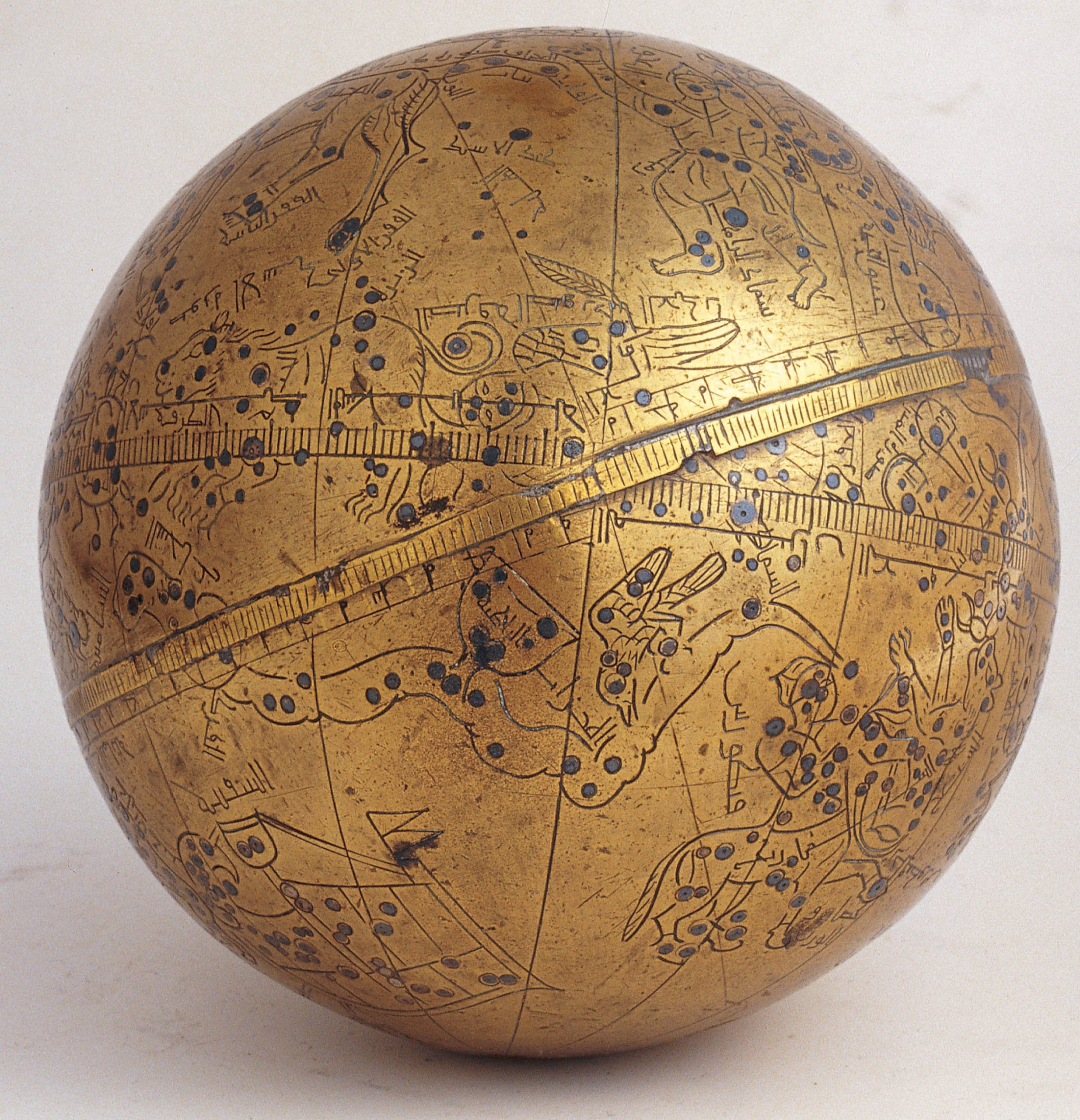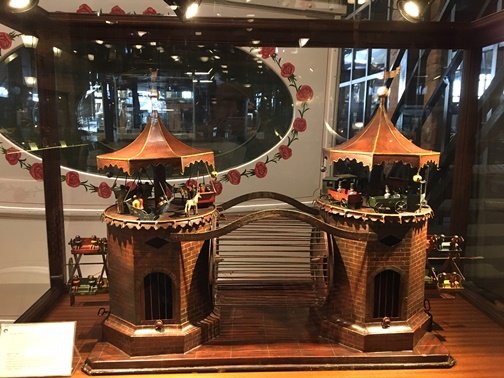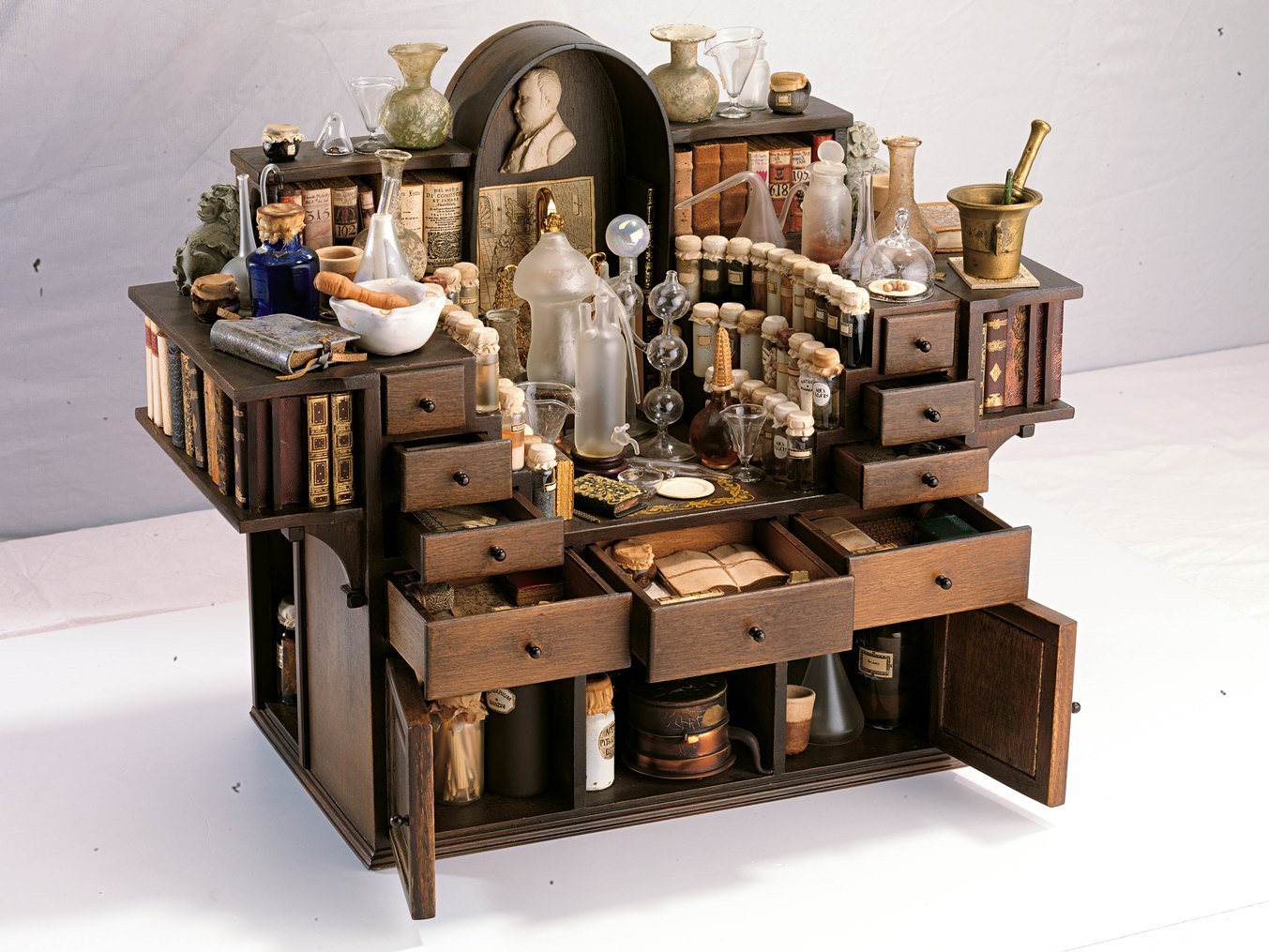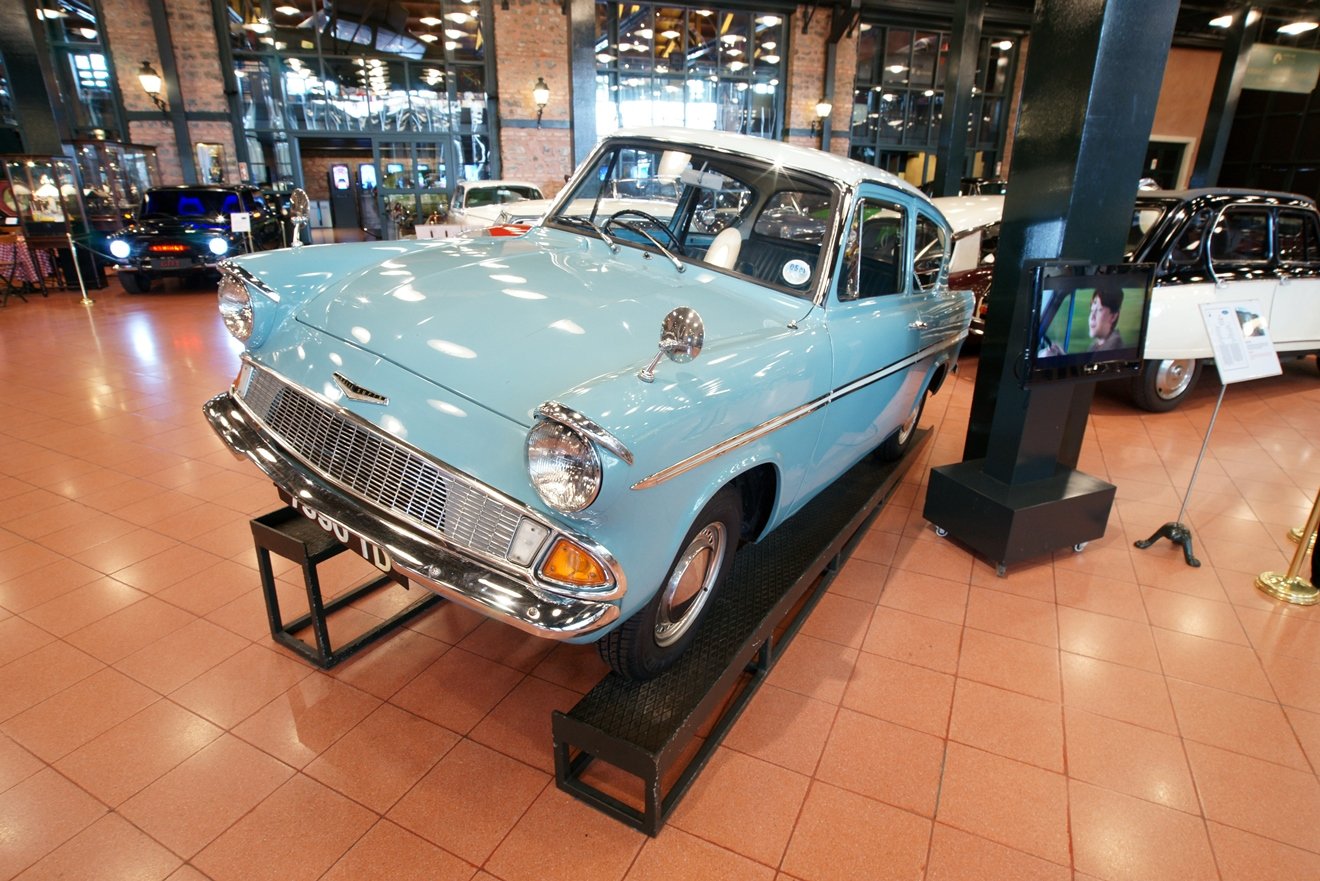Istanbul’s Rahmi M. Koç Museum, the first and only industrial museum in Turkey, has a constantly expanding collection of 14,000 items pertaining to the history of industry, communication and transportation in Turkey and across the world. The museum has provided a venue for both culture and entertainment for the last 26 years, presenting visitors with new and unique experiences through a variety of fascinating pieces. Here are some of the strange but amusing objects displayed in the venue’s two buildings, Mustafa V. Koç/Anchor House and Hasköy Shipyard.
Harry Potter car: A 1966 Ford Angelia, a replica of the flying car that Harry and Ron used to catch the school train in the film “Harry Potter and the Chamber of Secrets” is also on display at the museum. The license plate is the same one as that used in the film.
Floating Amphicar: The Amphicar, which can travel both on land and in water, was designed by Hans Trippel during World War II between 1957-58. The vehicle, formerly known as the “Eurocar,” has two doors, monocoque, cabriolet, electrically welded couplings and a 1,147-cubic-centimeter Triumph Herald engine that spins the rear wheels with the body behind it. The two propellers at the rear serve as propellants when water-bound, while the wheels at the front serve as rudders. Two of the 3,878 Amphicars produced between 1961 and 1968 crossed the English Channel in 1962.
Celestial sphere: Built by Ja’far ibn Umar ibn Dawlatshah al-Kirmani between 1383 and 1384, this is one of the world’s oldest-known celestial spheres. The shapes of constellations involving around 25,000 stars in the celestial sphere are shown with silver dots inlaid at its center.

Curta calculator: The curta is a small, hand-adjusted mechanical calculator whose use began in 1948. In addition to simple operations, such as addition and subtraction, the device can also perform operations such as root accounts.
Dictaphone: This is an old recording device by which oral texts can be dictated by typewriters and transferred into written documents. The device, manufactured by the American Dictaphone Corporation, is used to record sounds into a wax cylinder with the help of a steel needle, in a way not dissimilar from the way a gramophone record is made.
Ball clock: The clock, built by Thwaites & Reed in 1972 based on William Congreve’s original design from 1808, measures time-based on how long it takes a steel ball to roll downwards in a zigzag fashion, rather than by virtue of a pendulum or driving spring.
Tower clock: These old clocks, which date back to the mid-18th century, had no minute dials but rather rang every hour to determine the time. They were often in the towers of churches, with weights often hung onto them with long ropes to prevent them from setting off so often.

Squirrel cage: This 19th-century squirrel home was designed to include an exercise area to keep the furry critters healthy. As the cage moves, the train and Ferris wheel on the towers turn according to the movement of the squirrel.
Zoetrope: Considered the first step in the development of modern cinematography, the zoetrope was invented by William Horner in 1834 and allowed one to view a rotating series of images applied to a cylinder to give the impression of movement.
Galvanometer: This is a kind of test device that aims to create an electrical magnetic field. If the electric current passing through a wire wrapped in the form of a solenoid change, a magnetic field forms around it and moves the needle. The galvanometer is named after Luigi Galvani, an Italian physiology and physics scholar known for his pioneering work in electricity.

Miniature pharmaceuticals: Among the miniatures in the museum are thousands of objects, including pharmaceutical products, sewing machines, bicycles, birdcages and more. The objects are built with age-old craftsmanship and date from the 1700s.
Nostalgia street: Nostalgia street is an exhibit room in which visitors to the museum can take a stroll through the 19th century, popping in to see blacksmiths, watchmakers, old chemists, shoemakers, scientific tools stores, shipping yards as well as a whole collection of turn-of-the-century toys.










Discussion about this post